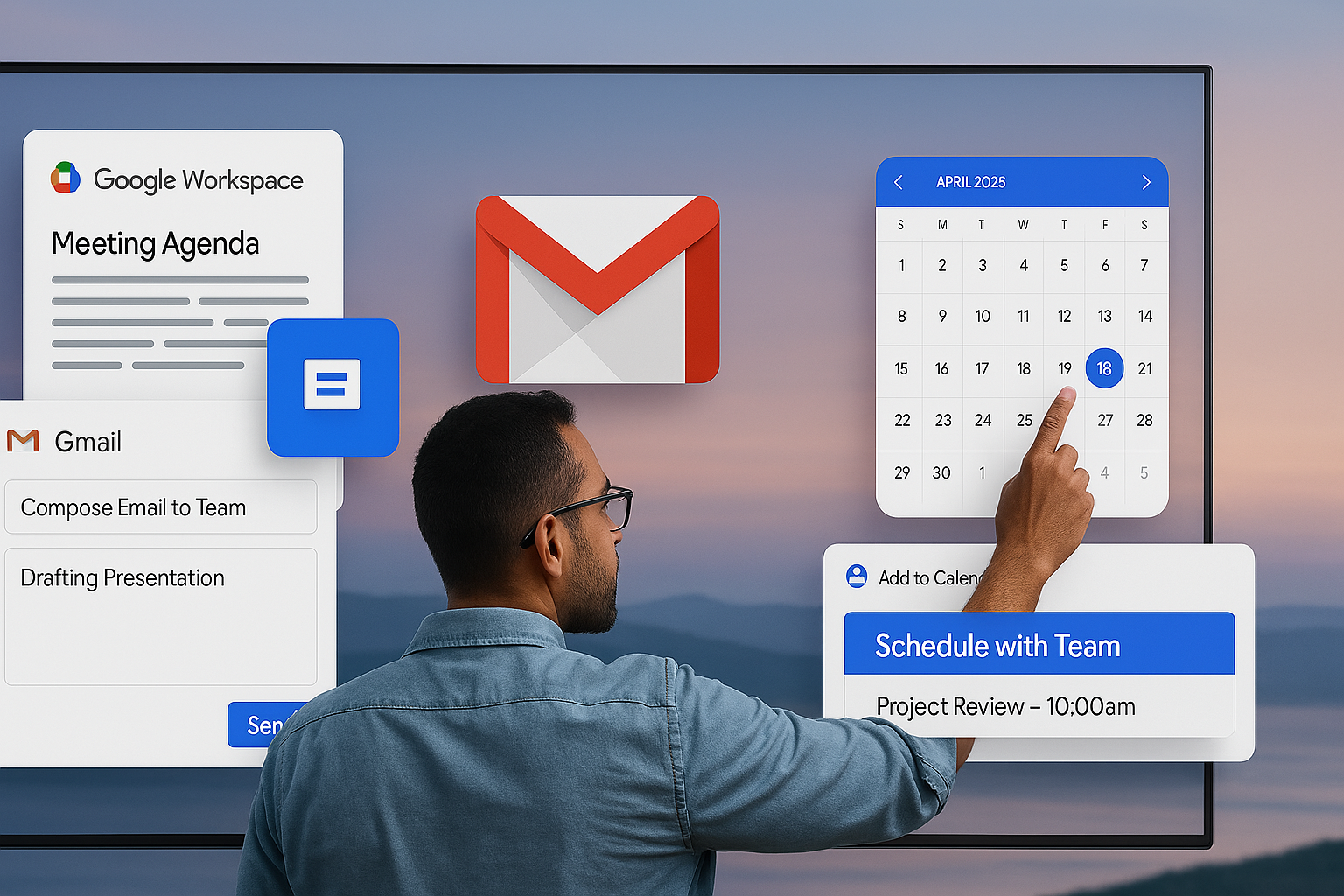Why OpenAI Just Dropped $3 Billion on Windsurf — And What They’re Not Telling You
Why OpenAI Just Dropped $3 Billion on Windsurf — And What They’re Not Telling You
A Storm You Didn’t See Coming
Following OpenAI’s shocking purchase of Windsurf for an enormous $3 billion, everyone in tech didn’t really believe that until they did a double-take. Windsurf? The otherwise obscure startup that has been low-key operating since 2021? How could one of the most influential AI firms take such a massive gamble on the name that few outside specialist developer communities have ever heard of?
This is not just another M&A news headline. It is a cunning play of an orchestrated acquisition to send a quiet message to the world that the future of AI is going to be based not just on models, but on something more profound, something that Windsurf was quietly working on.
Let’s determine what this acquisition really denotes and what OpenAI is not telling you.

1. First, What Even Is Windsurf?
The company was secretly operating under the covers as they were building out AI-native infrastructure for real-time, decentralized applications, while others were developing LLMs and tools. Meanwhile, Windsurf was laying the groundwork for the web of AI internet—building systems upon which the models could secure it, reason about it, learn from it, and transact upon it at the edge.
For example:
- On-device Inference at Scale
- Federated learning without cloud dependence
- Privacy-first real-time AI systems
If ChatGPT is the brain, then Windsurf is constructing the nervous system.
2. The Real Problem OpenAI Is Trying to Solve
Here’s what headlines miss: OpenAI is running into infrastructure walls.
Today’s GPT-4o models, for instance, require gigantic cloud computing. The question is how to have it operate at scale, globally, and in real time? This challenge is yet to be solved. Cloud latency, energy consumption, and privacy regulations form the main hurdles.
So, OpenAI is looking for:
- Decentralization that can reduce dependence upon cloud servers
- Speed that enables almost instantaneous reasoning
- Privacy, in an effort to be compliant globally
- Cost-efficiency that makes it sustainable
Windsurf was the sole startup solving all four issues.
3. Follow the Talent Trail
If you browse Windsurf’s team and see their details, you’ll find that they consist of ex-Google, X employees, including DARPA contributors and even the cryptography minds behind early zk-SNARK protocols. Their argument? That the AI revolution will stop unless it occurs where the data lives, not the other way around.
Windsurf’s strategy:
- Model proceeds to the data
- Data is not fed to the model
Although this change seems minor, it can transform how AI products are created.
4. The Part They’re Not Telling You
Guess what: In the acquisition release stage, there was no product roadmap. No integration plan. Pure silence.
But what industry insiders are actually hinting about is:
- The Windsurf edge-AI stack can form the foundation for ChatGPT’s offline mode
- This could enable decentralised AI agents to be independent of cloud calls
- And most critically, it could allow GPTs to trade data with one another and compute with each other, P2P style.
Indeed, if true, OpenAI is not only creating more intelligent models, but it is also working on the development of a decentralized, AI-native internet.
5. What This Means for Everyone Else
If you’re a:
- Developer: Expect new SDKs to come out and your AI apps to work directly on devices with no latency.
- Startup: You’ll welcome AI-native apps that can clearly bypass cloud providers immediately.
- Enterprise: Windsurf might redefine data sovereignty, and the strategies for compliance might be completely revised.
- Investor: This marks a transition from AI model innovation to AI infra supremacy.
This isn’t about upgrading ChatGPT; it’s about making it everywhere.
Conclusion: The Billion-Dollar Signal
After all, it seems like OpenAI’s $3 billion investment in Windsurf is a leverage point and not simply a takeover. Windsurf isn’t just a tool; it’s a time machine beckoning us to where AI infrastructure is going.
Now, the real question arises-
As OpenAI moves to edge AI and decentralization, what happens to everyone else still building on the cloud?
You should probably question yourself:
Am I creating a model only for today’s AI? Or for what it will be, tomorrow?
Because OpenAI just placed their bet. And it was anything but random.
Looking to build a high-performing remote tech team?
Check out MyNextDeveloper, a platform where you can find the top 3% of software engineers who are deeply passionate about innovation. Our on-demand, dedicated, and thorough software talent solutions are available to offer you a complete solution for all your software requirements.
Visit our website to explore how we can assist you in assembling your perfect team.





